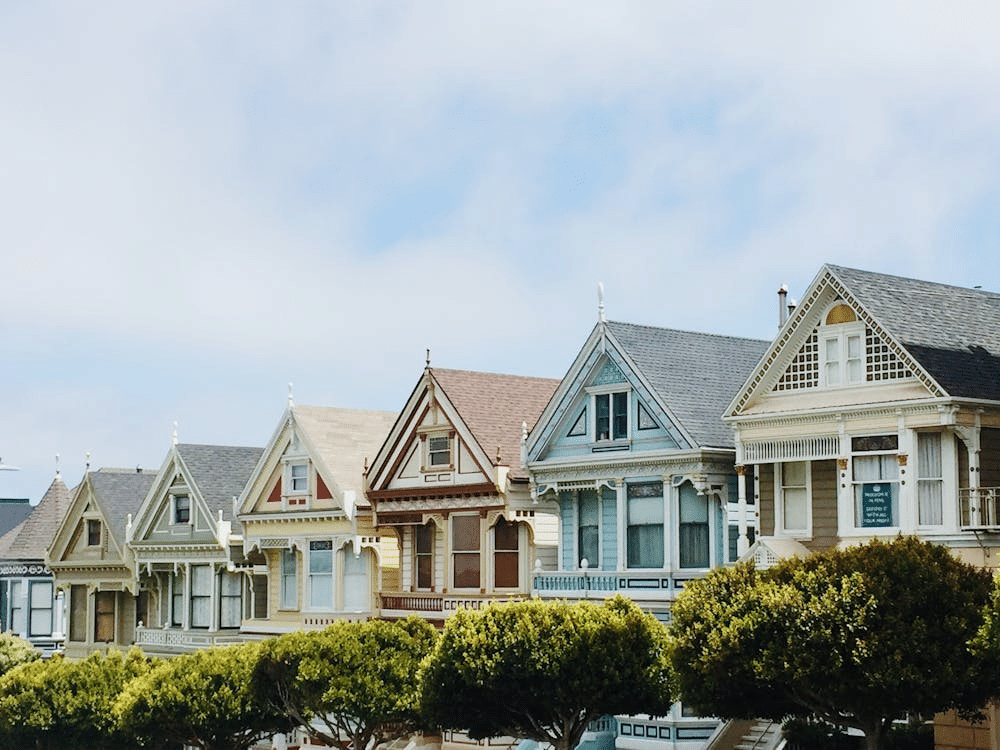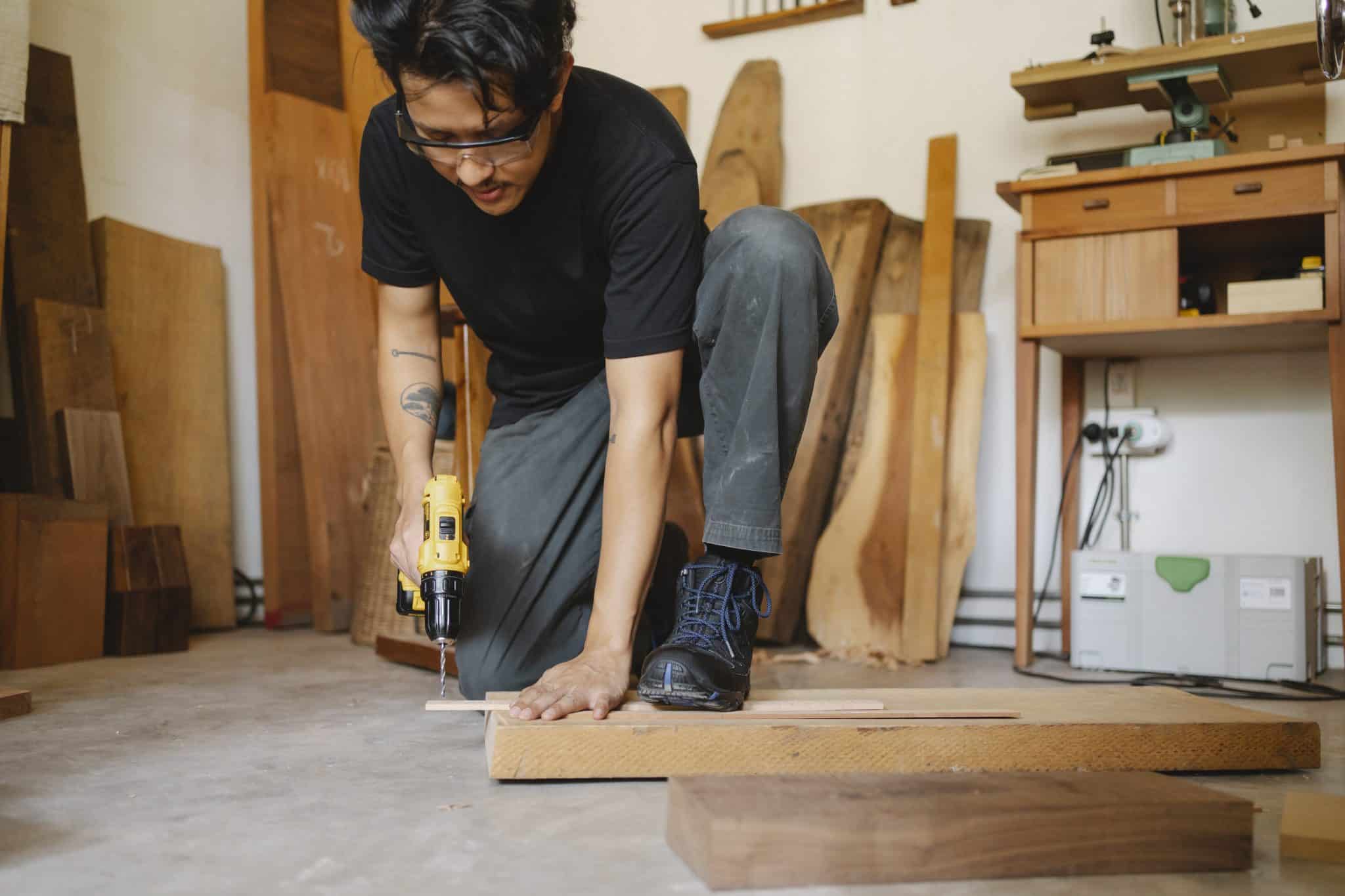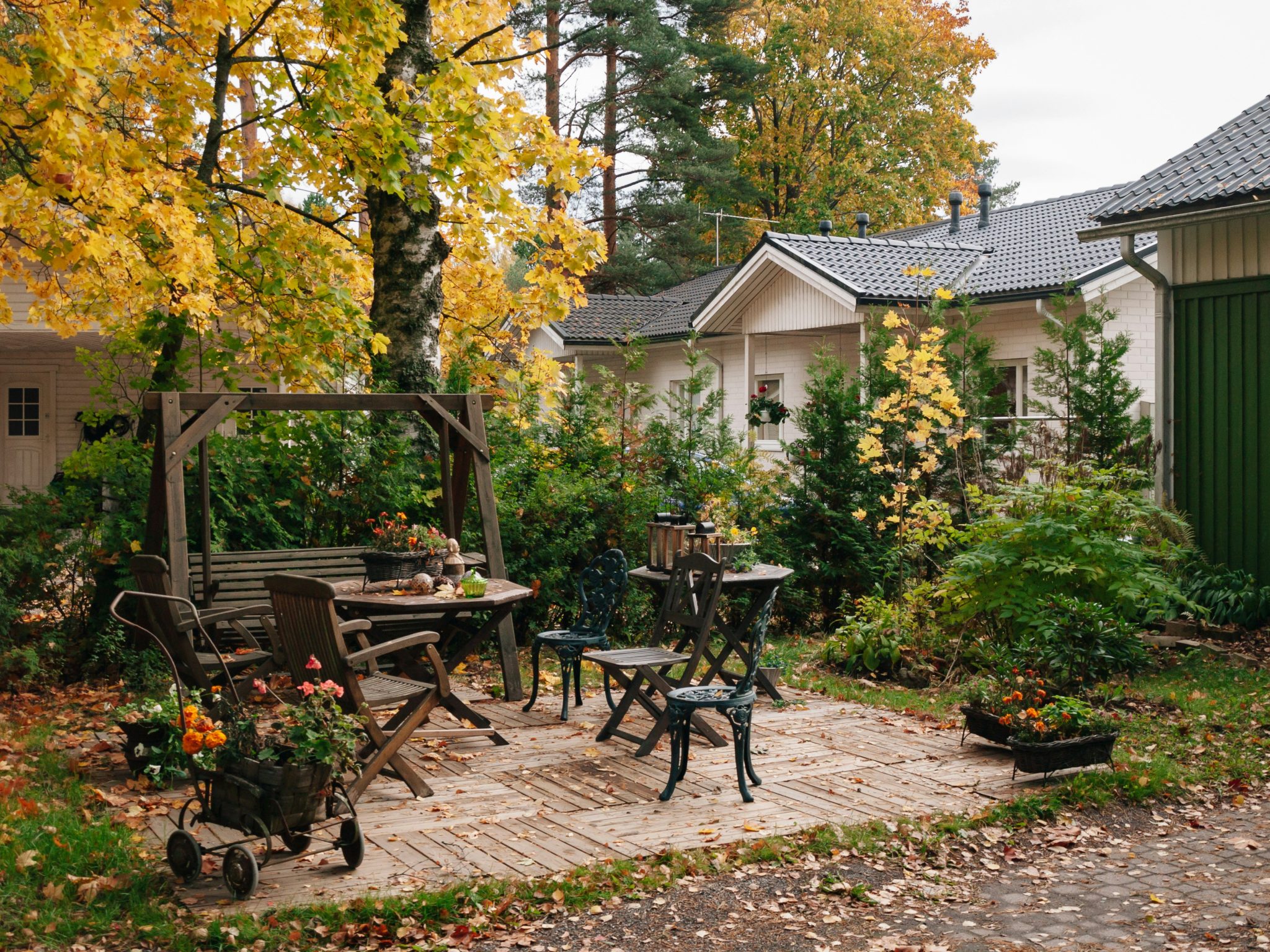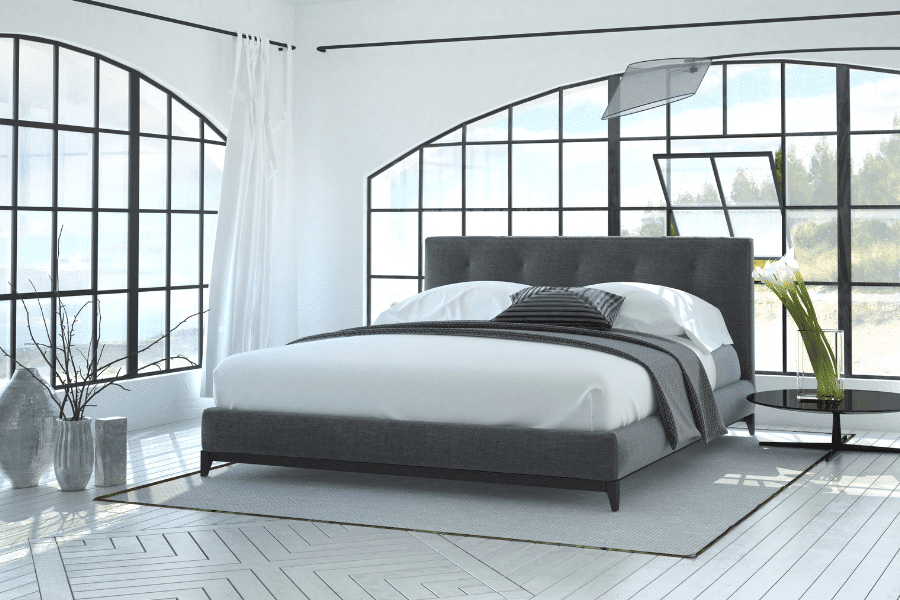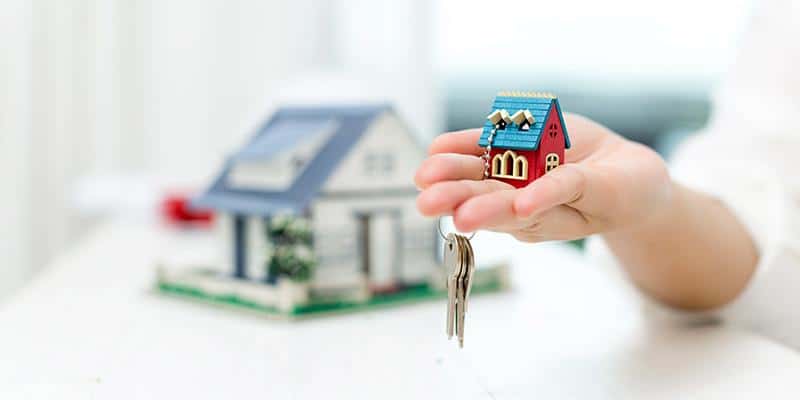The Role of Design in Effective Property Management
Strata management is crucial in overseeing and maintaining shared spaces within residential and commercial buildings like condos, apartments, and townhouses.
These shared areas, such as lobbies, hallways, and recreational spaces, are essential to residents’ daily lives and must be functional, clean, and aesthetically pleasing. Property managers ensure that these common areas are well-maintained, safe, and appealing for everyone who uses them.
Design is essential in effective property management because it influences how easily spaces can be maintained and how residents experience them. Thoughtful design can improve the functionality and longevity of shared spaces, reduce maintenance costs, and create a more comfortable environment for property managers and tenants.
Flexible Shared Spaces
Designing flexible shared spaces is an effective way to enhance both property management and tenant satisfaction. Multi-use areas that can be adapted for various purposes, such as recreational spaces that double as meeting rooms or workspaces, increase the value of shared areas. These flexible spaces can be reconfigured based on the changing needs of the property and its residents.
Flexible spaces simplify scheduling and usage logistics for strata management teams, especially in cities like Perth. Strata Management Perth, for example, benefits from multi-purpose rooms that can be adapted for events, meetings, or even yoga classes, reducing the need for multiple dedicated spaces. This versatility helps management maximise the utility of shared areas without constant modifications or additional space.
Tenants benefit from flexible spaces by accessing multi-functional areas that meet various needs. Whether for social gatherings, quiet work, or recreational activities, these adaptable spaces enhance the overall living experience by providing more opportunities for engagement and relaxation.
Impact of Layout Design
Effective layout design significantly impacts the management of shared spaces. Thoughtful space planning ensures that areas are accessible, easy to navigate, and functional for residents and staff.
For instance, wide hallways, strategically placed elevators, and open entrances can make moving through the building smoother for everyone. Well-planned layouts prevent bottlenecks and create a sense of openness that enhances daily interactions in the building.
For strata managers, these design elements reduce the time and effort needed to maintain the property. Cleaning staff can work more efficiently in spaces that are easy to access and navigate, and maintenance teams find it simpler to move equipment or handle repairs without obstructing foot traffic. Wide hallways and open spaces make performing routine tasks like painting or installing fixtures easier without disrupting residents.
From the tenant’s perspective, a well-designed layout enhances convenience and comfort. More expansive spaces allow for more effortless movement, especially for families with strollers, elderly residents, or people with disabilities. Open layouts in shared areas also foster a sense of community and reduce the likelihood of feeling cramped or overcrowded, making the living experience more pleasant overall.
Maintenance-Friendly Materials
Choosing durable and low-maintenance materials is another crucial aspect of effective design in property management. Materials such as stain-resistant carpets, non-slip flooring, and washable wall finishes can withstand the wear and tear of daily use in shared spaces. These materials contribute to the property’s longevity and reduce the need for frequent repairs or replacements.
For the strata team, maintenance-friendly materials mean less time spent on repairs and cleaning. For example, using tile or laminate flooring in high-traffic areas like lobbies or corridors makes cleaning up spills and dirt easier, reducing the workload for custodial staff. Similarly, durable exterior materials can help minimise the need for regular painting or repairs, freeing up resources for other essential tasks.
Tenants also benefit from these choices because well-maintained and clean spaces contribute to their overall satisfaction with the property. When materials are chosen with longevity and ease of maintenance, residents enjoy a cleaner, more attractive environment with fewer disruptions for repairs or renovations.
Sustainable Design
Incorporating sustainable design elements into shared spaces can significantly enhance property management efficiency. Features like energy-efficient lighting, low-flow water fixtures, and renewable energy sources (such as solar panels) help reduce a building’s environmental impact and lower utility costs over time. Sustainable design focuses on long-term benefits, particularly valuable in properties with shared ownership.
For strata management teams, sustainable design can lead to significant energy and water bill savings, easing the financial burden on the property’s budget.
Energy-efficient lighting, for example, reduces the frequency of bulb replacements, while low-flow fixtures lower water consumption, decreasing overall operational costs. These savings allow strata teams to allocate resources to other areas of maintenance or improvements.
Sustainable design benefits tenants by reducing their share of utility costs and providing a healthier, more eco-friendly living environment. Additionally, residents often appreciate living in a building that prioritises sustainability, which can enhance their overall experience and satisfaction with the property.
Safety and Security Design
Safety and security are essential considerations in the design of shared spaces. Features such as secure entry systems, well-lit pathways, and strategically placed security cameras can significantly enhance the property’s safety. These design choices protect the residents and simplify the strata team’s security management.
For the strata team, a safety-focused design reduces the need for constant monitoring and intervention. Secure entry systems, such as keycard access or intercom systems, allow management to control who enters the building, minimising the risk of unauthorised access. Well-lit areas help prevent accidents and deter criminal activity, making it easier for property managers to maintain a secure and safe environment.
From a tenant’s perspective, a secure living environment increases peace of mind. Knowing that the property is well-protected and that safety measures are in place makes tenants feel more comfortable and confident in their surroundings. Well-lit, secure spaces also reduce the likelihood of accidents, ensuring a safer living experience for all.
Conclusion
Effective design is crucial in improving the management and functionality of shared spaces in strata properties. Good design reduces maintenance costs, enhances safety, and creates a more pleasant living environment for everyone involved. Property managers and designers should prioritise thoughtful design choices that benefit both managers and tenants, creating well-maintained and enjoyable communities.

